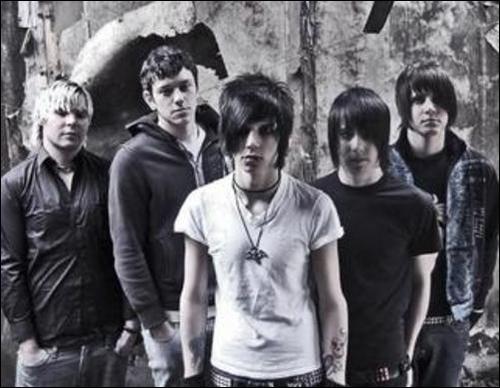The discovery of the wreckage of a warship that sank with all 645 men aboard in a fierce World War II battle promises clues to one of Australia's most enduring mysteries - how the pride of its navy could have been lost to a lightly armed German cruiser.
The remains of battle cruiser HMAS Sydney were discovered off western Australia on Sunday, 66 years after it sank on Nov. 19, 1941, after a battle with the German vessel DKM Kormoran in the worst naval disaster in Australia's history.
All 645 sailors aboard the Sydney were lost and its final resting place remained elusive until sonar technology advanced enough to scour waters more than 1.2 miles deep.
The Kormoran also sank, but 317 of its 397-member crew survived and rowed lifeboats to the Australian coast, where they were taken prisoner.
Australians have long been incredulous that the Sydney could have been lost to the German auxiliary cruiser. For years, various alternate theories have abounded - including that a Japanese submarine really sank the Sydney or that the Kormoran's crew machine-gunned Australian survivors.
Prime Minister Kevin Rudd on Monday announced the find, and quickly declared the zone around the Sydney as a protected site to honor the dead.
The chief of the Royal Australian Navy, Vice Admiral Russ Shalders, said the find would finally help determine exactly what happened to the Sydney.
"For 66 years, this nation has wondered where the Sydney was and what occurred to her. We've uncovered the first part of that mystery ... the next part of the mystery, of course, is what happened," Shalders told a joint news conference with Rudd.
The Sydney was found upright in 8,100 feet of water on Sunday about 500 miles north of Perth, the capital of Western Australia state, Rudd said.
A $3.9 million, government-funded sonar search found the Kormoran a day earlier about 14 miles away from the Sydney, he said.
Calls to find the Sydney had gained intensity in recent years as siblings and widows of crew members have pleaded for answers before they die. The search began two weeks ago and is headed by U.S. shipwreck hunter David Mearns.
Relatives welcomed the find as helping to resolve pain caused by not knowing where their loved ones died, or exactly what happened to them.
"I haven't felt the sense of relief, but I've broken down and cried," Barbara Craill, whose father Walter Freer, a 38-year-old gunner, disappeared aboard the Sydney, told television's Nine Network.
Ted Graham, chairman of the Finding Sydney Foundation, the group carrying out the search, said a remote-controlled submarine would be used to further examine the wreckage for clues about the battle.
The searchers plan to replace high resolution sonar equipment with cameras this week to take the first pictures of the wrecks of both ships.
Over the years, books and newspapers have speculated the Sydney approached the German raider, which had been disguised as a Dutch merchant ship before the battle, thinking it had surrendered and that the Kormoran then opened fire with the first devastating salvo of the battle.
The German survivors denied this, saying they dropped their disguise and hoisted the German ensign before firing on the Sydney.
Wes Olsen, the author of a book about the Sydney published in 2000, said no one would ever know why the Sydney came within range of the German ship's guns.
"We are always going to be in the dark as to what prompted the captain of Sydney to go so close to what must have been clear to him a suspicious vessel," Olsen told Australian Broadcasting Corp. radio.
Many people did not trust the accounts given by the German survivors of the battle - the only witnesses. The Sydney's radio remained silent throughout the brief and ferocious battle.
Australian newspapers have published accusations the German crew massacred Sydney survivors with machine-gun fire. The Germans who survived steadfastly denied such accusations, which have been never been supported by evidence.
The Germans said they were in life rafts when they last saw the blazing Sydney limping over the horizon toward Perth, lighting the night sky as it burned from bow to stern.
Another popular theory is that the Sydney was sunk by a Japanese submarine a month before Japan officially entered the war by attacking the U.S. Navy at Pearl Harbor, Hawaii. No evidence has been found to support this theory.
A parliamentary inquiry found in 1999 that the Kormoran's underwater torpedo tubes could have been decisive in the Australians' catastrophic loss.
Sonar images of the Sydney wreck supports that theory, said Mearns, the shipwreck hunter who was involved in finding the wrecks of the British battle cruiser the HMS Hood and the DKM Bismarck, the German battleship that sank it in the North Atlantic in 1941.
He said the wreck was largely intact, but a 80-foot section of the bow had snapped off.
"Our feeling now is that the loss of the bow which had been weakened by the torpedo hit on her port side ... is probably what ... sent Sydney to the seabed," Mearns said.
Monday, March 17, 2008
Subscribe to:
Post Comments (Atom)



































No comments:
Post a Comment